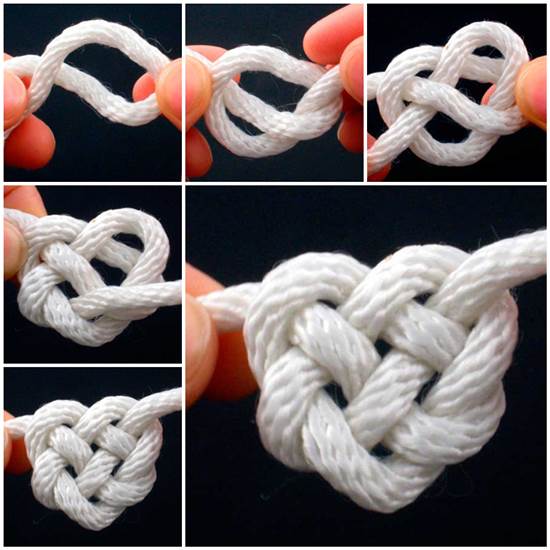GRADES 1-2 DAILY "BELL WORK" FOR WEEK 1
(Quarter 2)
(Quarter 2)
****(Kinder will begin doing bell work near the end of second quarter)
All attention is focused on looking carefully and recording what students SEE.
This is SILENT work time. Students are working independently, although I often interject with some guidance and state simple parameters. Students are graded primarily on their efforts and participation, not entirely on the outcome of their drawing.
After drawing, we have a brief class discussion to learn more about the artwork. We make some guesses at to what the work may be about; what the story may be behind the work. We THINK about how the artist used line, color, shapes, etc. to communicate meaning and emotion. We discuss how we may not all respond to the art work in the same way.
The final step in our Bell Work exercise is to ask ourselves more questions about the art work. We WONDER what the artist intended to communicate. This is where Ms. Northway may need to do some research to share what she learned about the artist and her/his life experiences.
I typically show students three artworks by the same artist. In this way, they become familiar with the style of a particular artist, and often can recall the artist's name. All of the children's drawings will be glued into small weekly/bi-weekly books to bring home.
PLEASE KEEP YOUR CHILD'S WEEKLY BOOKS IN A SAFE PLACE (and ordered in a BIG 3 RING BINDER) SO YOU CAN SEE GROWTH THROUGHOUT THE YEAR.
UPCOMING "BELL WORK" FOR WEEK 2 Q2
The Codex Mendoza
Around 1541, the first viceroy of New Spain, Antonio de Mendoza, commissioned a codex to record information about the Aztec empire. The codex, now known as the Codex Mendoza, contained information about the lords of Tenochtitlan, the tribute paid to the Aztecs, and an account of life “from year to year.” The artist or artists were indigenous, and the images were often annotated in Spanish by a priest that spoke Nahuatl, the language spoken by the Nahuas (the ethnic group to whom the Aztecs belonged). Viceroy Mendoza intended to send the Codex to the Spanish King, Emperor Charles V of Spain, although it never made it to Spain; French pirates acquired the Codex and it ended up in France. Upon its appearance in sixteenth-century France, it was acquired by André Thevet, the cosmographer to King Henry II of France, and Thevet included his name on several pages, including at the top of the Codex Mendoza’s frontispiece.
After bell work, students use sketchbooks for more extensive, ongoing projects.
K-3 PROJECTS: WEEK 1
KINDER
Project: Tessellations
Elements of Art - Shape

Before fall break, students drew a zig-zag line on one side of a square piece of card stock. They then cut the piece out themselves. I assisted taping the small piece to the other side of their template.
This week, we began tracing the shape with a crayon to create a wax resist line to fill with a wash of watercolors in an analogous color scheme (red, orange and yellow).
Project: Tessellations
Elements of Art - Shape

Before fall break, students drew a zig-zag line on one side of a square piece of card stock. They then cut the piece out themselves. I assisted taping the small piece to the other side of their template.
This week, we began tracing the shape with a crayon to create a wax resist line to fill with a wash of watercolors in an analogous color scheme (red, orange and yellow).
GRADE 2
Project: Illuminated Letters
Project: Illuminated Letters
Elements of Art - Line, Shape, Color, Space
GRADE 3
Elements of Art - Line (contour drawing practice); Space (overlapping)
Project: Celtic Initials - Inspired by the Book of Kells

Before Fall Break, students drew a small "study" in their sketchbooks of twisted and overlapping pieces of ribbon and knotted rope. This week, we began sketching out the first Initials of our first name. This is taking some practice to get correct.

Once we have the initial drawn in the unique style of the celtic font, we will begin drawing a meandering ribbon attached to a stylized animal head.
Elements of Art - Line (contour drawing practice); Space (overlapping)
Project: Celtic Initials - Inspired by the Book of Kells
(Letter T)

(Teacher Demo - Letter C)
Before Fall Break, students drew a small "study" in their sketchbooks of twisted and overlapping pieces of ribbon and knotted rope. This week, we began sketching out the first Initials of our first name. This is taking some practice to get correct.

Once we have the initial drawn in the unique style of the celtic font, we will begin drawing a meandering ribbon attached to a stylized animal head.







No comments:
Post a Comment